Family: Polypodiaceae
Common name: Monarch fern, Musk fern, Wart fern, Breadfruit fern, Maile-scented fern
One of the most beautiful ferns you can have in your garden, Monarch ferns take centerstage with their large-lobed, glossy leaves. These plants grow to a height of 2-3 feet with spreading roots, but they can also grow as epiphytes on rocks, trees, crevices in the walls etc.
Leaves vary in size and shape from a simple lance-like leaf to pinnately-branched leaves. The mid-vein is very prominent running from the base of the leaf to its tips, but the other veins are not visible.
Monarch ferns produce spores that are contained inside sori, which are very prominent along the edges of the leaves, visible even on the upper surface. These sori give the ferns a warty-appearance and gives them the name Wart Fern.
Sori are not visible in younger leaves since they are covered with protective tissue. These ferns are native to Africa and Australia, but are now grown in gardens all over the world because of their beautiful fronds.
A variant called ‘Green wave’ is also available with long twisty fronds that look like waves. The leaves are lance-like and tall, but with many waves along both edges of the leaves.
Ferns usually don’t need direct sunlight, and can even be grown as indoor plants provided they are placed near a window with indirect sunlight. They can be used near rockpools or even made to grow on tree trunks or logs placed in the garden. Monarch ferns also look beautiful in hanging pots and baskets with their long, droopy fronds.
Ferns need a lot of moisture and should be watered regularly. Well-drained soil and regular fertilization can help grow healthy and thriving ferns. They are slow-growing and develop hairy roots capable of absorbing water and nutrition. These roots can hang around the pot as epiphytic roots or grow into the soil if it touches the ground.
Though they are grown as ornamental plants, Monarch ferns have some medicinal uses. They are used in treatment of wounds, boils, abscesses, cold, diarrhoea, filariasis, headache, stomach pain and depression. The leaves are used to make perfumes, and also to keep away bedbugs.
Propagation is through spores, stem cuttings or rhizomes.


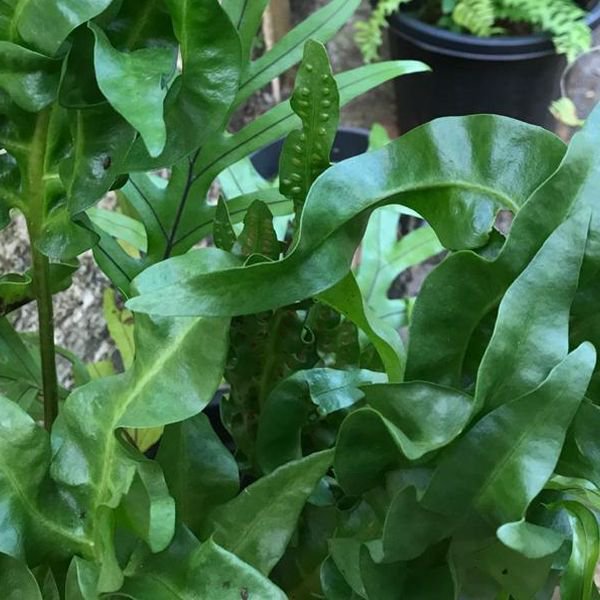
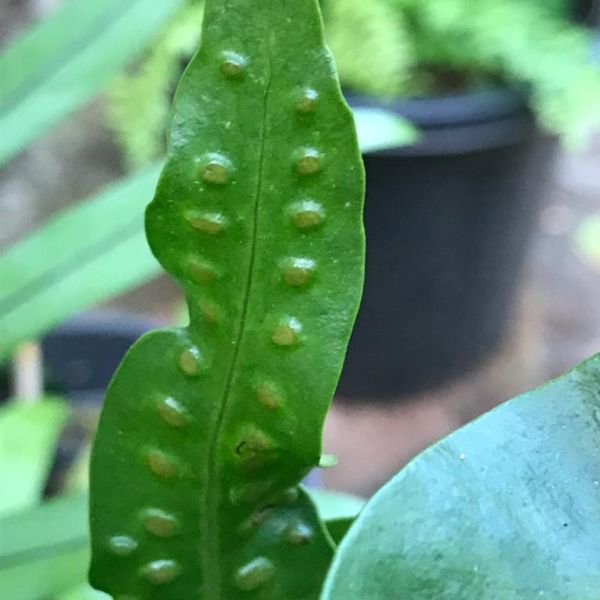
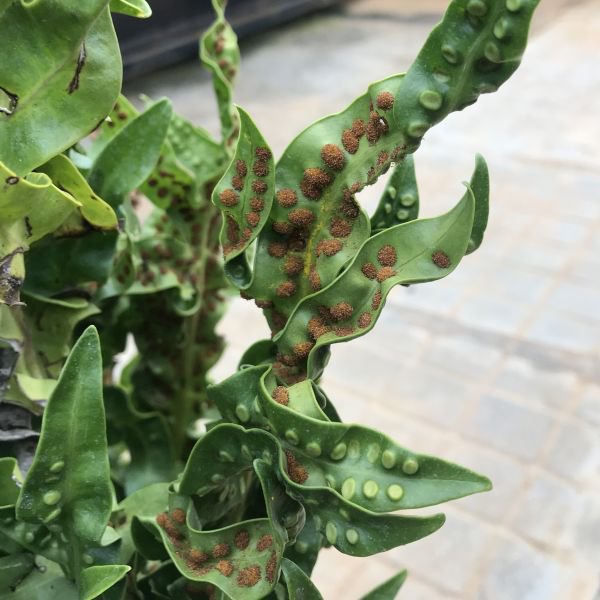
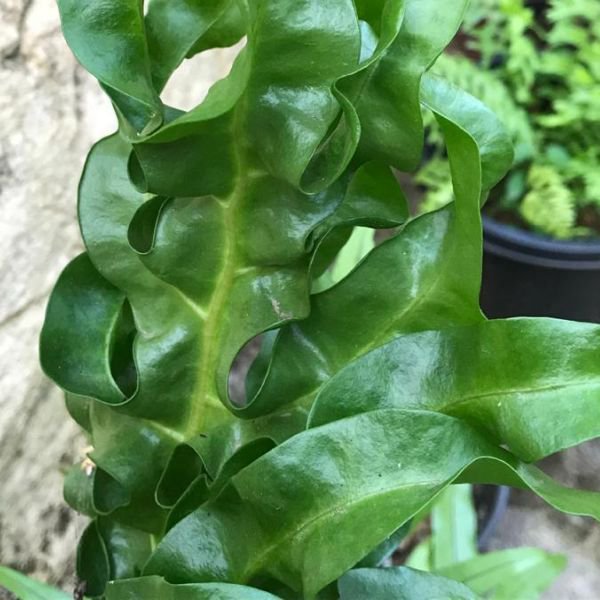
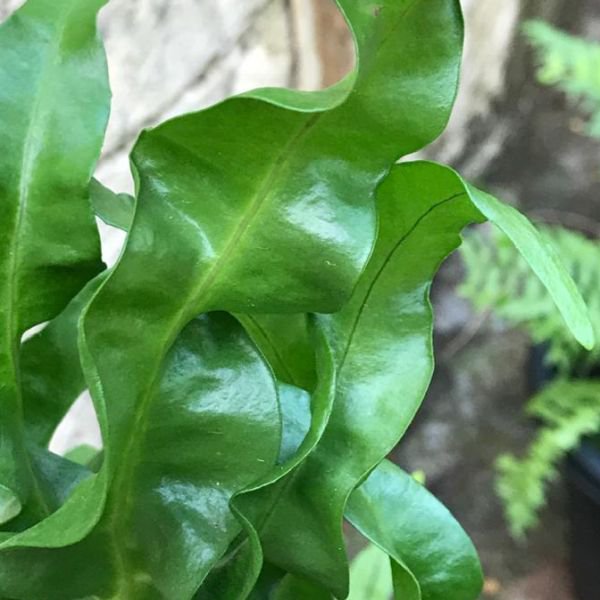


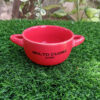
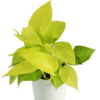




Reviews
There are no reviews yet.